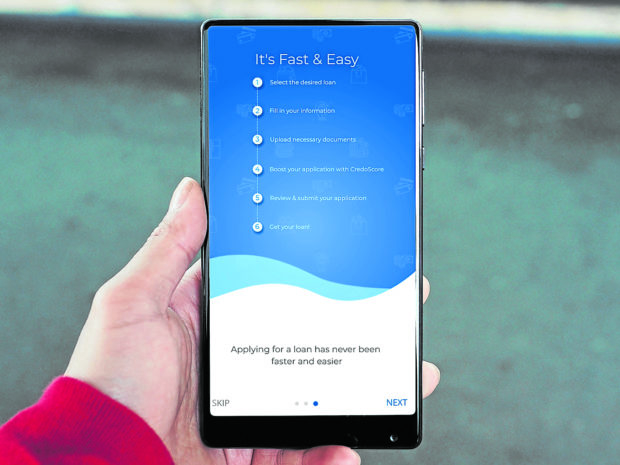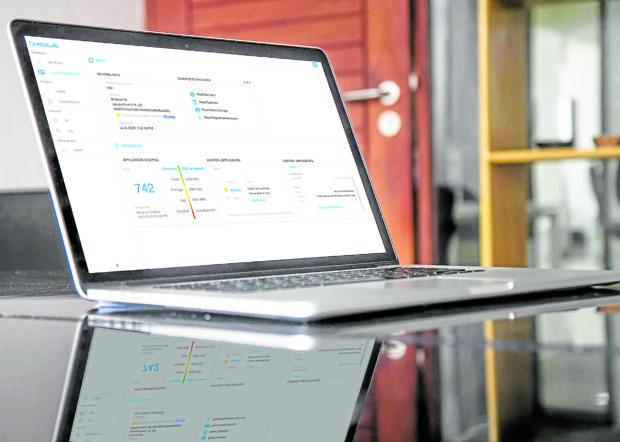Embedded finance arrives on PH e-commerce scene
Across Southeast Asia, the Philippines saw the largest increase in online shopping since the pandemic hit. The sector is expected to be worth $7 billion by 2023. For e-commerce businesses in the Philippines, this means that there is a greater need to revamp retail strategies to accommodate the change in consumer buying habits as well as an increased commitment to tech investments to cope with this shift and address new demands.
Apart from the shift in buying habits, consumers are also looking to spend their money in a more systematic approach and preferably in installments. Having said this, embedded finance is gaining momentum as more look to creating a customer experience focused on ease and convenience. In fact, by 2030, embedded finance is projected to be worth a whopping $3.6 trillion.
Embedded finance in the Philippines
Embedded finance can best be described as fintech solutions being integrated into nonfinancial companies, which aim to retain customers and increase their so-called lifetime value. The system is reshaping the distribution model for financial services while creating a new role for fintechs in order to achieve customer loyalty and user stickiness. Companies have realized the benefits of embedded finance and are moving toward this shift in order to develop a more collaborative financial ecosystem in the Philippines. The main idea is to streamline financial processes without a third party involvement.
Looking into the Philippine’s population, embedded finance opportunities will open untapped doors and provide Filipinos with the option of making payments through the most convenient means. Apart from debit and credit card systems, some examples currently available are ShoppeePay and GCash, which are widely used across the country. For ease of payments, Buy Now Pay Later schemes such as Cashalo and BillEase embedded into e-commerce sites allow for consumers to pay in instalments.
Embedded finance facilities for merchants
For the merchant, apps such as Shopify offer sellers easy revenue management on their own platform, allowing them to see repeat customer rate, average purchase data and avoid customer acquisition costs. Catering to the needs of the modern consumer in the digital world, embedded finance bridges the gap between customers and merchants. Leveraging embedded finance can streamline the shopping experience, specifically the checkout process.
Shopping cart abandonment is a serious problem for eCommerce merchants globally. According to research conducted by Statista, exactly a year ago, 88% of shoppers around the world abandoned their carts on a retail platform. Some of the most identifiable reasons for consumers to do this are: needing more time to decide over a purchase, having a change of mind, or simply no convenient method of payment offered on the site. Prioritising user experience and providing a seamless checkout process for consumers are key points to the concept of embedded finance.
Providing consumers with embedded finance solutions
Of the 110.3 million people in the Philippines, only two out of every 10 people have access to a bank account and even less than that own a credit card. Having said this, internet penetration in the Philippines stood at 67% of the population or 74 million people as of January this year.
This means that it will be essential for eCommerce merchants to keep consumer default payments within a controlled environment. Adopting alternative credit scoring techniques and embedding scoring solutions will provide businesses with the confidence of taking a different approach to handling risks.
And in order to provide consumers with alternative credit scoring methodologies, eCommerce businesses can partner up with solution providers like CredoLab. CredoLab offers lucrative payment options at controlled risk. It also specialises in alternative credit scoring which can open up doors to Filipinos with little or no credit scoring. This will allow businesses to reach a wider pool of consumers, allowing for a more financially inclusive ecosystem going forward.
Promoting financial inclusion in the Philippines
Filipinos have developed a habit of online purchasing and essentially going cashless. Research conducted saw a hike of 57% in online purchasing since the pandemic struck last year. With a further push from the government for a cashless society, embedded finance will be adopted to a greater extent in the next coming years. The Philippines eCommerce industry is bracing itself for the endless opportunities by integrating such solutions into their business platforms. (The author is Regional Sales Director Asia of CredoLab, a leader in alternative credit scoring)
















